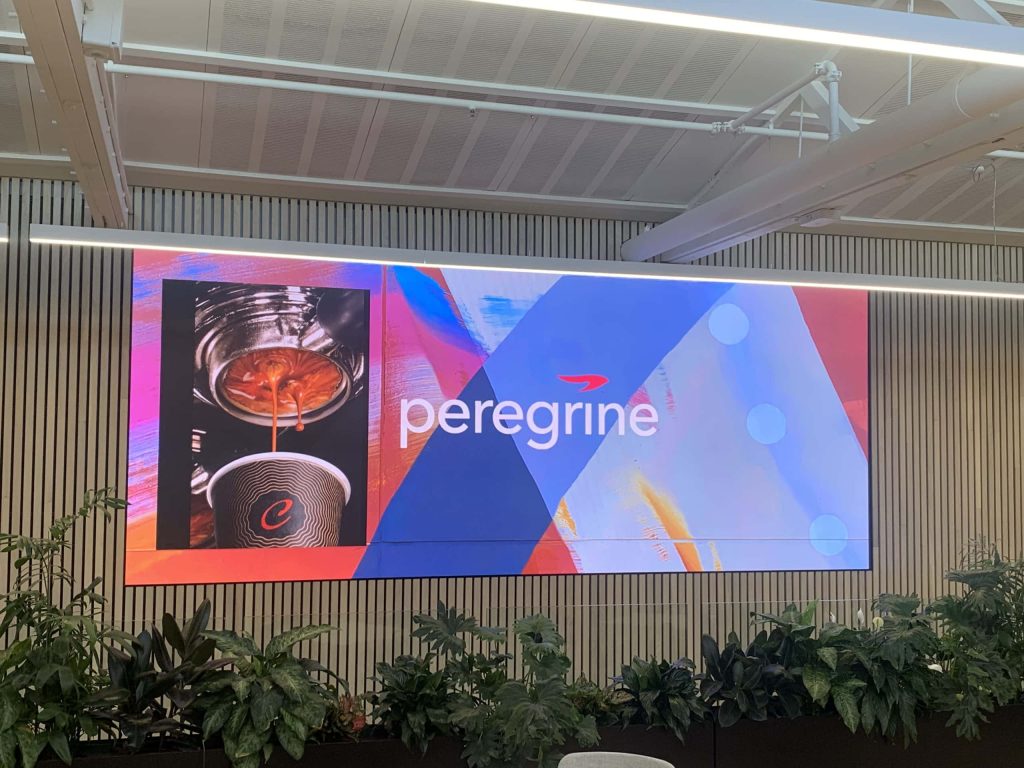The development and application of outdoor LED displays have greatly improved the appearance of cities, beautifying people’s urban lives, but at the same time, it has also brought varying degrees of light pollution and visual pollution.
The outdoor full-color LED display screen has a bright picture, and the video playback effect is brilliant. This not only easily causes light pollution to the passing crowd, but also easily distracts the attention of vehicles and people, causing traffic accidents. Especially at night, the high brightness of full-color LED displays is highly likely to cause pollution through residential windows, affecting people’s lives and sleep.
With the increasing attention paid by various sectors of society to the issue of light pollution, relevant legislative work is gradually being formulated. There are many screens in the market that suffer from visual interference due to high brightness. On the one hand, advertisers have not effectively controlled it, and on the other hand, it is also a defect caused by the system selection of the product itself.
ໃນປັດຈຸບັນ, LED display screen light pollution is generally divided into three categories internationally, namely white light pollution, artificial daylight pollution, and color light pollution. ໃນປັດຈຸບັນ, China only has relevant regulations for glass curtain walls with white light pollution, and there are currently no relevant regulations for artificial daylight and color light pollution. ແນວໃດກໍ່ຕາມ, considering that color light pollution does cause discomfort for people, it is necessary to consider the prevention and control of screen light pollution when designing LED full-color displays.
During the day and night, the brightness of the environment varies greatly at different times and locations. If the playback brightness of the full-color LED display screen is greater than 60% of the ambient brightness, we will clearly feel that the eyes are not adapting, which means it causes light pollution to people. By using an outdoor brightness collection system, environmental brightness can be collected at any time. The display level control system automatically converts the broadcast brightness suitable for the environment through software by receiving system data.
The ordinary display system uses an 8-bit color display hierarchy, which results in stiff colors in some low grayscale and color transitions. It can also cause discomfort with colored light. The new LED large screen control system adopts a 14/15/16 bit color display hierarchy, greatly improving the hardness of colors in transition. Enable people to feel soft colors while watching, avoiding discomfort with light.
There is an empirical plan for viewing distance, ມຸມເບິ່ງ, and display area, while image research has specific design requirements for display screen viewing distance and viewing angle. When designing display screens, efforts should be made to meet design requirements and plan reasonably.
LED screens are public media, including public welfare, advertising, and indicator categories. When selecting the content to be played, we must reach an agreement with the public’s requirements and avoid a rejection mentality. This is also an important aspect of preventing light pollution on display screens.
LED screens for media operations should achieve brightness programming control for different seasons and time periods. The commonly used control system must be able to be set up in different time periods, ensuring technically that it does not cause visual pollution.
For large led screens that still exist in the market and cannot achieve brightness adjustment function, it is recommended to make system modifications or directly upgrade the large screen. ນອກຈາກນັ້ນ, commonly used control systems can achieve point by point correction of brightness and chromaticity on large screens, which can optimize screen effects in a timely manner. The consistency and color reproduction of the screen will be improved, and the visual effect will be softer; ນອກຈາກນັ້ນ, with the improvement of upstream chip manufacturing, cutting, packaging and other technologies, the light separation, color separation, and spectral characteristics of LED have been greatly improved, and light pollution and visual pollution can be effectively prevented and controlled.



